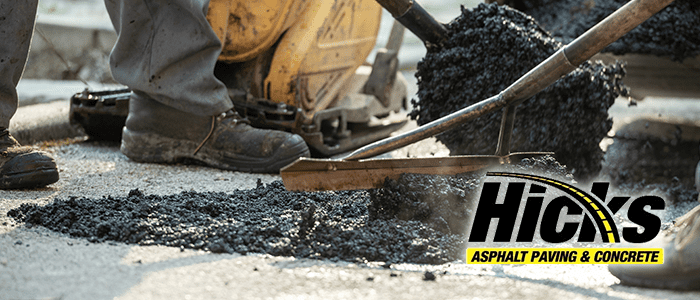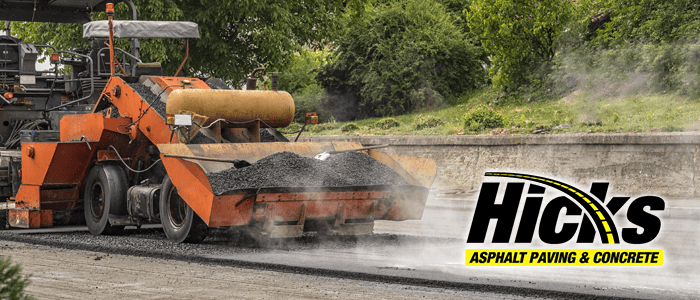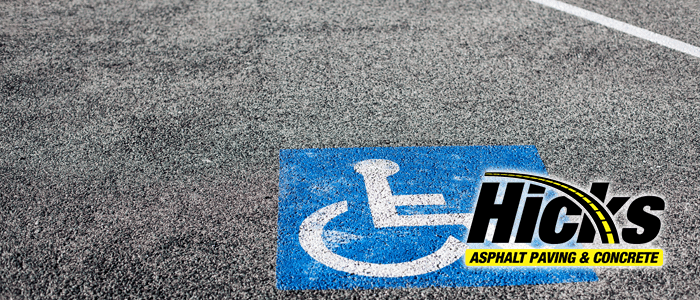In our previous article we talked about several types of asphalt damage. Today we will continue learning about more types of asphalt damage you may be experiencing. Read on to learn about grade depressions, pavement swells, patch failures, aggregate polishing, and more.
Grade Depressions
This type of damage is evident in pavement that has settled lower in some places that in others. They are easiest to spot after a rain, because of the excess water pooling in the divots left behind. This happens when the foundation layer settles differently in different areas, most often due to poor installation. Grade depressions tend to go away on their own with time as more compression and settling happens. You can also try a thin asphalt overlay to fill in the sunken areas.
Pavement Swells
Swells happen when the soil beneath the pavement expands and contracts. The changes are due to variations in moisture levels and the mineral content of the soil. These will become more apparent on wet or excessively humid days. The only way to repair swells is to cut out the affected area and install new asphalt in its place.
Patch Failure
Paves use patches to repair some types of pavement damage. However, just like some pavement is poor quality, so are some patches. When a patch fails, pavers have to cut out the entirety. Then, they grind the edges smooth, and install a new patch.
Aggregate Polishing
Some pavement surfaces use an exposed aggregate to create more traction on the asphalt surface. Over time and under constant wear from tires and other heavy traffic, the aggregate smooths out. This smoothing, or polishing, becomes hazardous in wet conditions, such as after a rain. Pavers fix polished aggregate by applying a slurry seal or an asphalt overlay to make the surface much less slick. Therefore, it becomes safer for both vehicles and pedestrians.
Surface Treatment Aggregate Loss
Asphalt sustains this type of damage when the installer does not properly compress or roll the pavement surface. If they use the wrong type of roller or allow the asphalt to cool too much, this can occur. Usually, paving experts correct this by applying a layer of hot, coarse sand and then rolling with a pneumatic tire roller.
Raveling
Raveling can occur when the binding agent is allowed to harden too long and the pavement mixture is of poor quality. These two ingredients combine, and the asphalt surface is left structurally weaker and more susceptible to damage from the elements. Since this damage is usually only to the surface of the asphalt, it can typically be repaired with an asphalt overlay to smooth the surface and seal the pavement underneath.





